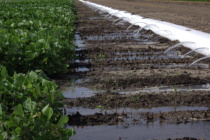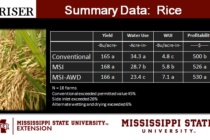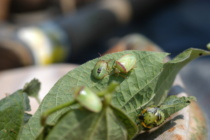Using Tractor Data for Pipe Planner
Utilizing tractor GPS data for Pipe Planner designs seems to just get easier. Here are some basic steps to utilize GPS tractor monitor data to develop a Pipe Planner recommendation. (all pics are clickable) Elevation data is one piece of






















